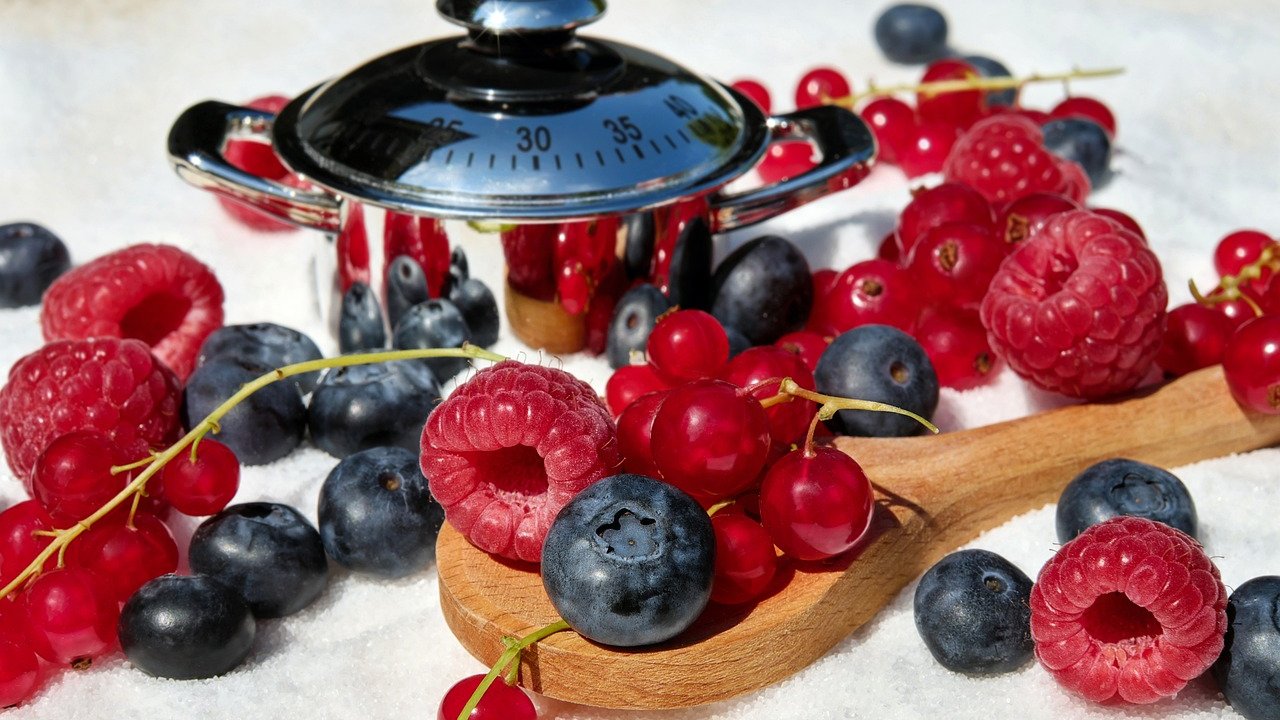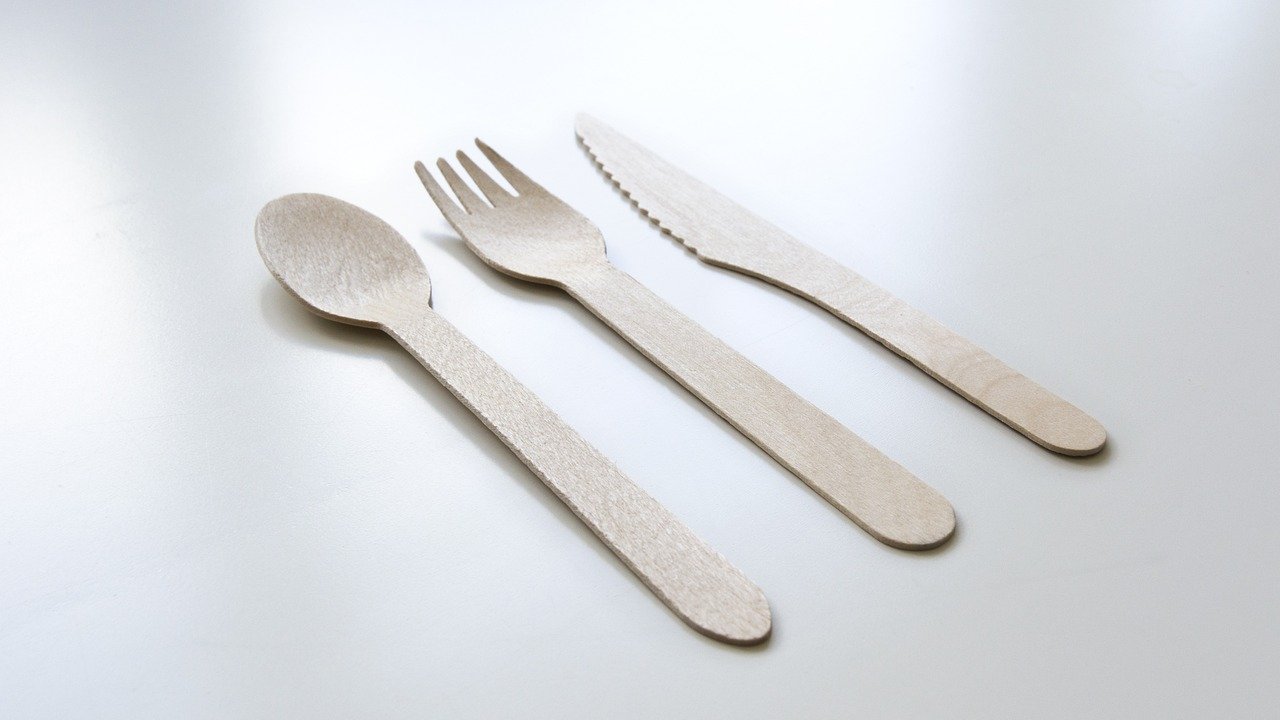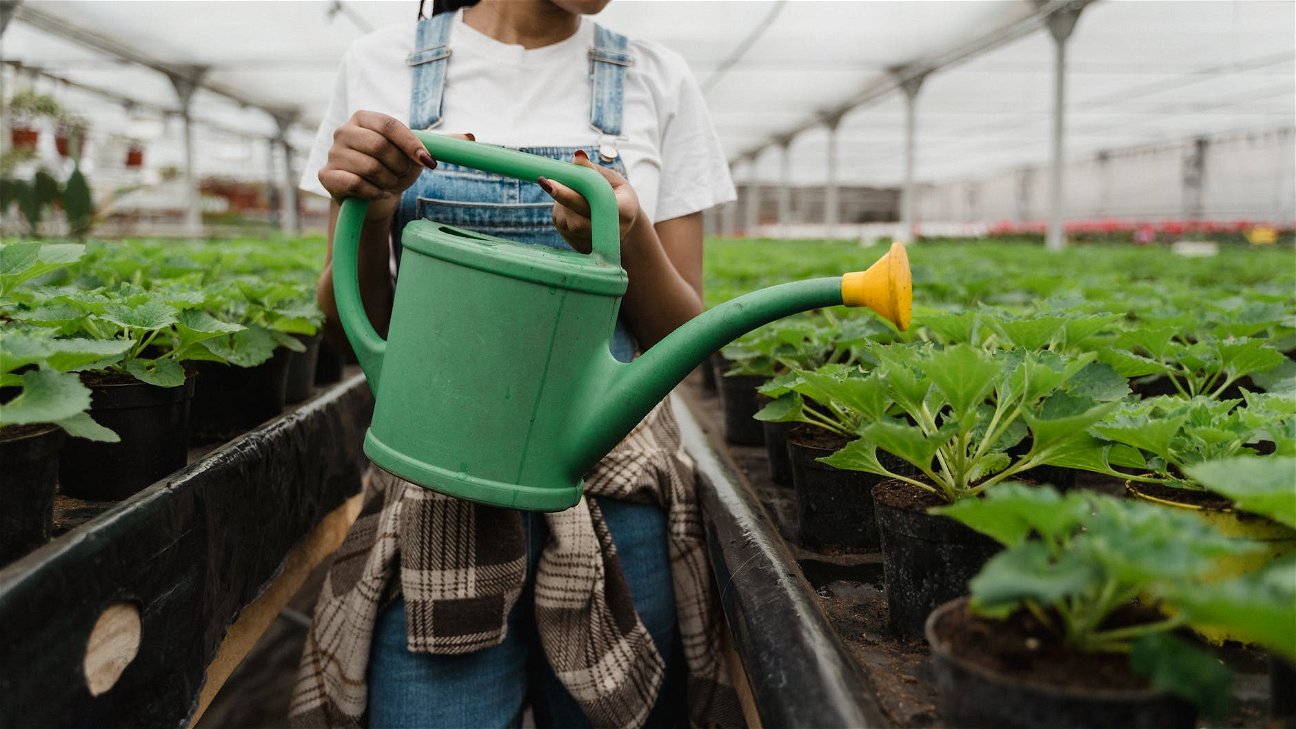
Who doesn't love the intoxicating aromas and flavors that fresh herbs bring to our dishes? Cultivating culinary herbs is not only a rewarding hobby but also a way to elevate your home cooking. This article will guide you to start a herb garden, focusing on 5 easy ones that even beginners can handle with success.
Choosing the right herbs
When starting a herb garden, it's essential to choose herbs that are easy to grow and that you'll use regularly in your recipes. Here are 5 ideal candidates:
-
Basil (Ocimum basilicum): This plant loves warm weather and is ideal for growing in pots. It goes perfectly with Italian cuisine, especially tomato dishes and pesto.
-
Parsley (Petroselinum crispum): A hardy biennial, parsley is one of the most used culinary herbs worldwide. It prefers cool weather and can be grown in both pots and garden beds.
-
Rosemary (Rosmarinus officinalis): This evergreen shrub is drought-resistant and thrives on neglect. It's perfect for roasts, potatoes, and Mediterranean dishes.
-
Thyme (Thymus vulgaris): Easy to grow and versatile in the kitchen, thyme loves full sun and well-drained soil. It's a key ingredient in many meat, poultry and fish dishes.
-
Mint (Mentha spp.): Mint is so easy to grow that the challenge is often to prevent it from taking over your garden. It's perfect for teas, cocktails, and some savory dishes.
Cultivation tips
Proper care for culinary herbs includes attention to light, water, and soil needs, as well as regular harvesting and pruning. Here are some essential tips:
-
Light: Most herbs need at least 6 hours of sun a day. Some, like parsley and mint, can tolerate a bit of shade.
-
Water: Water your herbs regularly, but avoid overwatering. Most herbs prefer slightly dry soil.
-
Soil: Use well-draining soil rich in organic matter. A pH of 6 to 7 is ideal for most herbs.
-
Harvesting: Regular harvesting encourages bushy growth. Always cut just above a pair of leaves.
-
Pruning: Prune your herbs to maintain their shape and prevent them from becoming woody.
Dealing with pests and diseases
Culinary herbs are generally pretty resistant to pests and diseases. However, good hygiene and proper watering can go a long way in preventing problems. If pests do appear, try non-toxic methods like insecticidal soaps or neem oil first.
Using and storing your herbs
Fresh herbs are usually added at the end of cooking to preserve their flavor. If you have a surplus, you can dry them or freeze them for later use. To dry herbs, bundle them and hang them upside down in a dry, dark place. To freeze, chop them finely and mix with water or olive oil in ice cube trays.
Cultivating your own culinary herbs can be a delightful adventure. Start small, be patient, and soon you'll have a thriving herb garden that will add a gourmet touch to your dishes.











